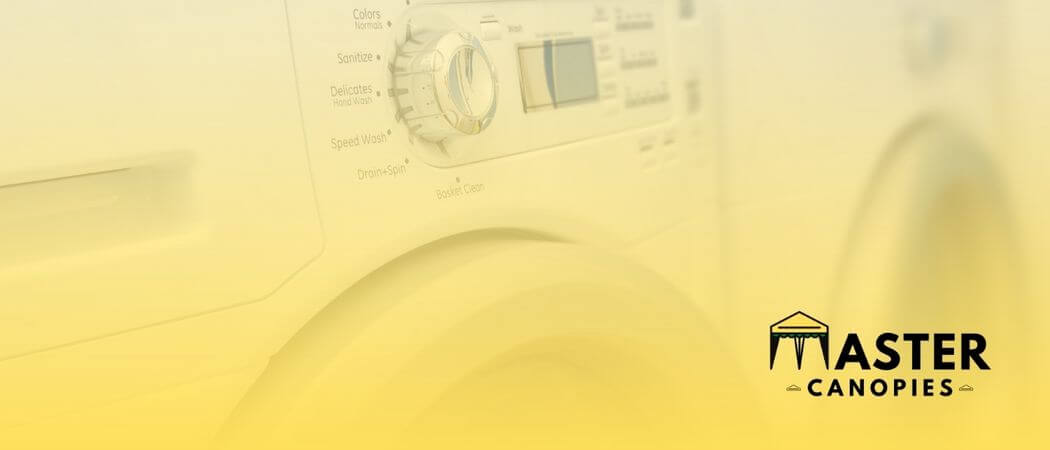
Can You Put a Tent in the Dryer Safely?
Can You Put a Tent in the Dryer Safely? Published February 4th, 2023 by Allen Campbell Well, it’s no secret that a tent is a
Published June 1st, 2022 by Allen Campbell
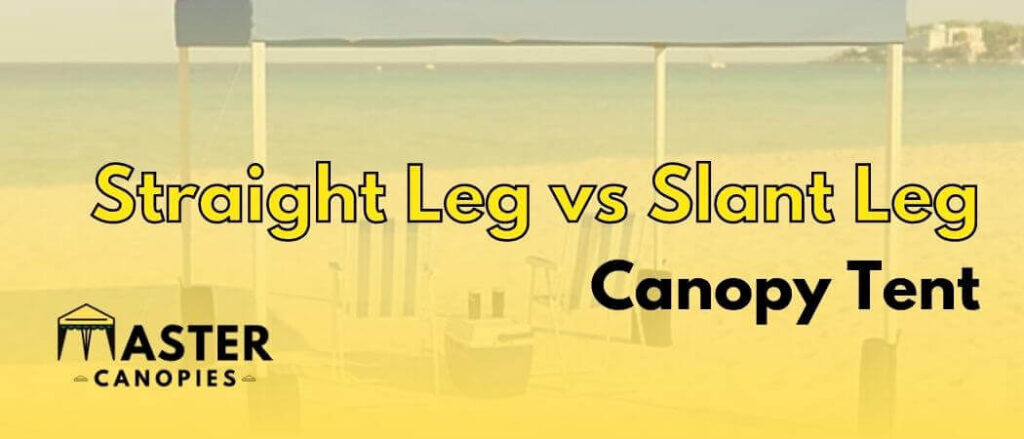
If you’re new to pop-up tents, you may have seen two different types of frame designs when shopping online: slant leg and straight leg frames. When discussing slant leg canopies, these two characteristics are often referred to as “sturdy” and “reliable,” yet, in reality, nothing could be farther from the truth.
Therefore, for those of you who are tempted by the low pricing of slant leg canopies, we caution you not to throw away your money, even if it will set you back a $100.
This article discusses straight leg vs. slant leg canopy tents and the advantages and disadvantages of each.
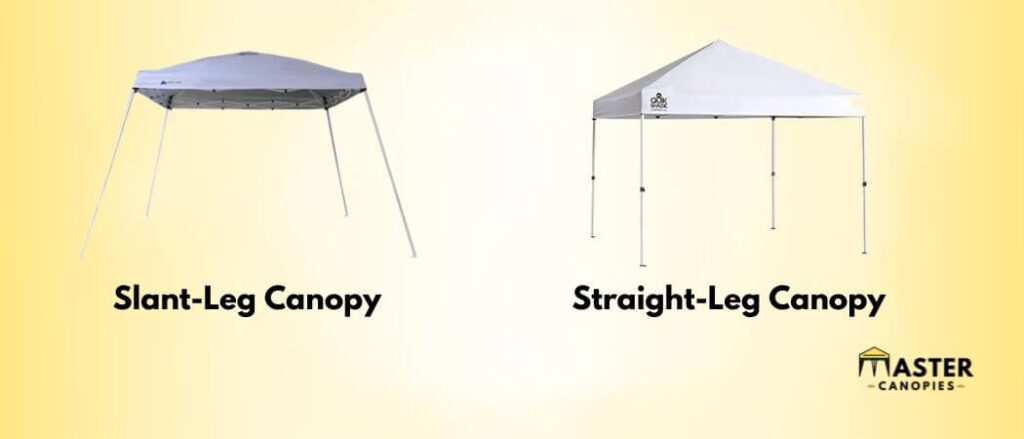
The titles are pretty obvious, but once you get into the specifics, you’ll have a much more straightforward notion of what it is that you’re being sold.
It should come as no surprise that a straight leg canopy employs a straight leg profile. If it is made correctly, each leg should make an angle of ninety degrees with the floor when it is placed on the ground.
In addition, the size of a straight leg canopy determines the amount of shade and protection that is provided to those who are beneath the canopy. Let’s assume you’re looking for a pop-up canopy, and you find one that’s 8 feet by 8 feet; you can be confident that you’ll have 64 square feet of protection beneath that canopy.
That is not the case with a slant leg canopy tent, which, as you may have guessed, has legs that are slanted and create an angle with the floor that is less than 90 degrees. In contrast, a standard canopy tent has legs that are vertical.
Consider this Impact Canopy 10×10 slant leg tent as an example in this regard. Although it is described as a 10×10 tent, the actual dimensions of the canopy are 7.8 feet by 7.8 feet, which results in around 61 square feet of the area beneath the canopy.
That’s a forty percent discount compared to the price of a canopy tent with straight legs. A straight-leg option is a very fantastic choice to make if you want to maximize the amount of canopy covering you get from your tent.
Using two decks of cards, a design engineer illustrated which one was better. If the cards are standing upright, you can put anything on top of them (let’s say another deck of cards), and it will continue to stand up even if there is no physical connection point between the two sets of cards.
The engineer said that when the legs are angled in a specific direction, it is entirely reliant on the connecting points.
Think about the trick you may have done in your middle school physics class when one student successfully stands on top of an empty pop can until another student flicks the center of the can, compromising its structural integrity and causing the can to compress and fall to the ground.
There is a good reason why manufacturers of canopies of a professional quality only employ frames with straight legs.
An illustration of why this was the case was provided by a design engineer, who used two decks of playing cards. If they are standing upright, you may add anything on top of them (let’s say another deck of cards), and it will continue to stand up even if there is no physical connection point between the two sets of cards. If they are not standing upright, they will fall over.
According to the designer, the stability of the structure is wholly dependent on the connecting points whenever the legs are inclined in a particular manner.
Think about the trick that you might have done in your middle school physics class, in which one student manages to stand on top of an empty pop can until another student flicks the center of the can, thereby compromising the can’s structural integrity and causing the can to compress and fall to the ground.
There is a compelling rationale for the practice followed by makers of canopies of a professional level to utilize only frames with straight legs.
It is also important to note that almost all recreational-grade tents, regardless of whether they have straight legs or slant legs, use thin steel frames. Thin steel frames are significantly weaker than anodized aluminum frames of the same weight. This is true for both straight-legged and slant-legged tents.
Because 1) steel is significantly less expensive than aluminum, and 2) aluminum weighs about one-third as much as steel does, this enables manufacturers in creating tent legs that are significantly thicker than their steel counterparts while still maintaining a weight that is reasonable for transportation.
Tent legs made of aluminum not only have a bigger diameter than those made of steel (1 inch for aluminum against 2 inches for steel), but the thickness (or gauge) of aluminum is also twice as much as that of steel.
The majority of inexpensive 10×10 slant leg tents weigh about 25 pounds, so you can presume the material is relatively thin and frail. This makes the tent prone to breaking after just short usage, mainly if you use it in settings where there is a greater likelihood of wind.
Because they use less fabric, slant leg canopy tents may be purchased for far less money than their straight leg counterparts.
As was just noted, the canopy area of a 10×10 tent with slant legs is around 40 percent less than that of a 10×10 tent with straight legs of the same size. In addition, you will have an immediate financial disadvantage due to the decreased amount of material used for soft products.
However, when comparing various slant leg tents, you will find that the frames use a lower percentage of steel and have a lower percentage of plastic connecting points.
Straight legs provide many advantages when it comes to canopy tents:
The canopy provides shade for the whole area between the tent’s legs. Unfortunately, this is not true for slanting legs.
Do you want to put up your canopy tent in a busy area, such as a farmers market or a craft show? This is simplest to do if you buy a tent with straight legs. You may put up the tent directly next to another without taking up more room. In fact, if required, you may set up the tent right close to a wall to provide further shade and protection from the wind.
Straight legs on a canopy tent have a few drawbacks as well:
The canopy tent has a “square” construction because all four legs are perpendicular to the ground. However, this is not the most stable construction in engineering since it can easily be twisted into a rhombus form.
Visualize the tent with a strong wind blowing on one side, and you can easily imagine this deformation occurring. All four legs will be angled toward the opposite side, and the tent may collapse.
To compensate for the structural weakness stated above, thicker tent poles are necessary to reinforce a canopy tent with straight legs.
However, this may add size and weight to the whole tent. Because of its larger size and weight, carrying the tent may be a more difficult task if you need to move it often.
Because the legs of this canopy tent are angled away from each other, the structure is more “triangular.” Because of its high stability, this shape is used in engineering. Because it is a rigid shape to deform, it is often employed in bridges and other constructions where stability is vital for safety.
Because the tent’s construction is more sturdy, the poles do not need to be as heavy or oversized. As a consequence, the complete tent may be designed to be more compact and lightweight. This may make transporting to and from a place more straightforward.
With these lighter materials, the cost of a canopy tent with slanted legs may often be cheaper than that of a tent with straight legs.
If you pitch a tent with slanted legs next to a structure or another tent, there will be more open space between them, which might allow in undesired wind or light.
Assume you see a slanted leg tent and a straight-legged tent for sale, both with a 10′ x 10′ footprint at the base. You can be confident that the entire footprint of the straight-legged tent will be under the cover.
However, the canopy will be smaller than that 10′ x 10′ footprint with the slant-legged tent. This will result in some unused areas at the margins where there is no shade, but the tent is still there.
Consider purchasing a slant leg canopy tent if you want optimum stability and aren’t concerned with space efficiency or having the lightest, most compact canopy tent. These tents, for example, may be best suited to windy conditions.
It is also crucial for a prospective buyer to have a solid understanding of the distinctions between steel and aluminum, powder coating and anodized finishes, and so on. Did I lose you? It’s okay. Let’s just focus on the positive things, shall we?
The first material is anodized aluminum. This material is excellent enough for the military and aerospace, so rest assured that it will be good enough for your frame. The ideal option for your frame is anodized aluminum because of its durability and resistance to corrosion.
It is the ideal combination of being lightweight and strong, and it will never rust. A word of advice: if you are interested in purchasing a colored or black frame, check to see that it is anodized rather than powder coated.
You don’t want the coloring to peel off in the future.
500 denier polyester, chosen for its durability and vividness, is also another material used in making tents – This cloth really brings out the vibrancy of your colors. We explored it in thinner and thicker gauges but ultimately found that 500 D Poly offered the optimal combination of strength and quality.
The UV printing ensures that colors will stay true and won’t fade. It’s not that manufacturers don’t like dye-sub for printing things like flags and table coverings; they do. It’s simply that it’s not the greatest material for constructing canopies for tents.
It is possible for it to lose its color over time when exposed to the light, and it may be more challenging to maintain its tightness in order to prevent sagging canopies.
If a tent manufacturer provides you with a blank Photoshop template and then goes on to the next client, you may be certain that your purchasing experience will be one of the worst possible ones.
You are aware of what ought to take place, right? You should try to find actual artists that are familiar with the 3-D design process to collaborate with. It takes some skill to design a tent so that it can be viewed from eye level.
Even if you have a design team on staff, it is important to work with a vendor that employs actual artists who spend their time designing for this purpose and consulting to help create the best tent possible.
It is common knowledge that the production of customized goods takes some time; however, if a seller produces and prints your tents in their own facilities, the process shouldn’t take too long. Most places have a manufacturing period of between three and five days, given the fact that they print and create the majority of their items right on-site allows us to meet this goal.
How can a vendor possibly be 100 percent committed to producing a quality product for you if they outsource the production of your tent to another firm or print it on a different continent?
I am here to educate you on the many types of pop-up tents. If you’re weary of replacing low-quality tents, contact us to learn more about what excellence looks and feels like.
In this article we learned about the straight leg vs slant leg canopy tent. To learn more about different types of canopies, keep on reading our articles! They will definitely help you in making a purchase decision.

Allen is a full time writer at Mastercanopies.com and enjoys traveling around the United States and exploring nature. He enjoys writing about canopies as he believes they are extremely crucial in having a successful camping trip whether it be a trip to the beach, mountains, or the open plains.

Can You Put a Tent in the Dryer Safely? Published February 4th, 2023 by Allen Campbell Well, it’s no secret that a tent is a
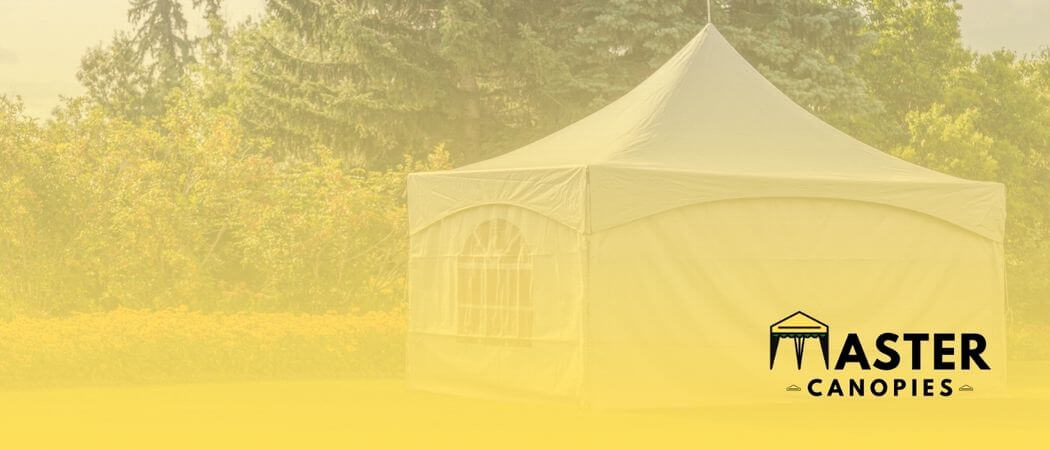
How to Print on a Canopy: How to Print Custom Images/Logos Published February 4th, 2023 by Allen Campbell Do you want to print something special
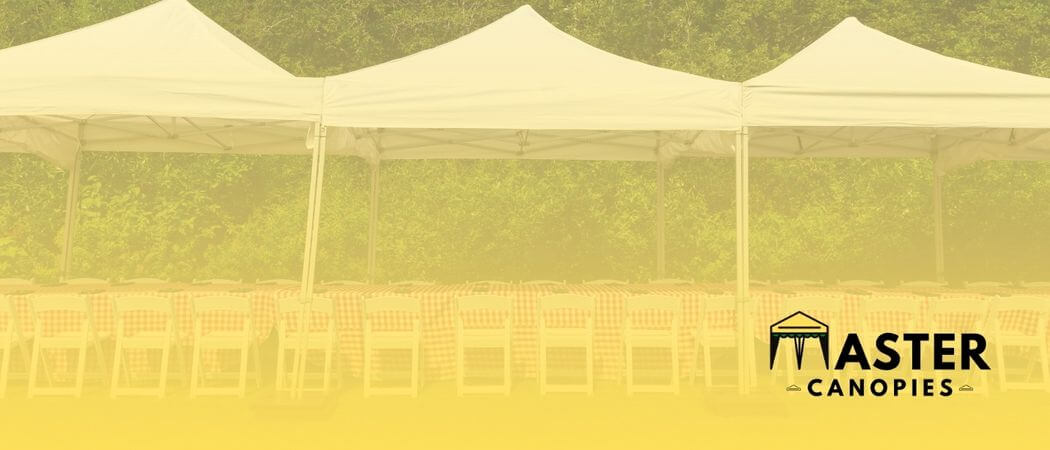
How to Choose the Best Outdoor Event Flooring for your Next Celebration Published January 31st, 2023 by Allen Campbell Planning an outdoor event can be
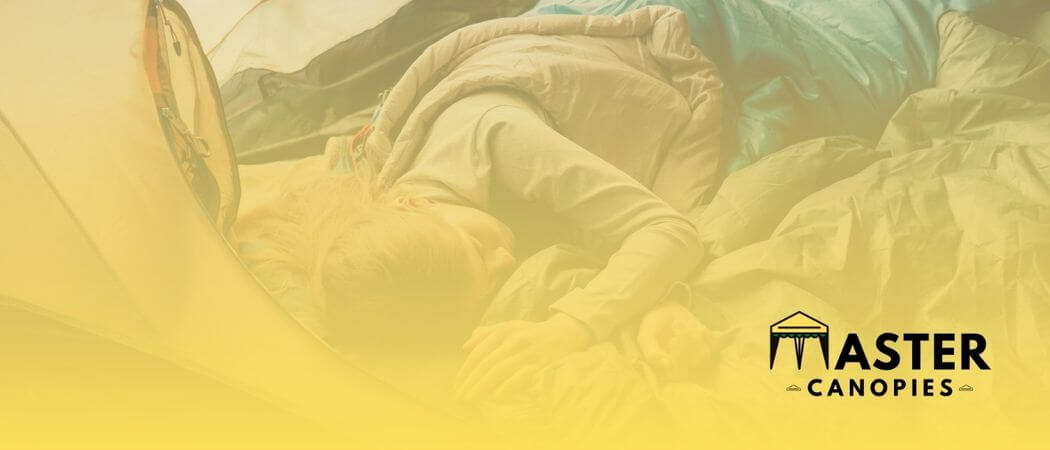
How to Insulate a Tent for Winter and Keep Warm Published February 3rd, 2023 by Allen Campbell Is your tent the last frontier when it
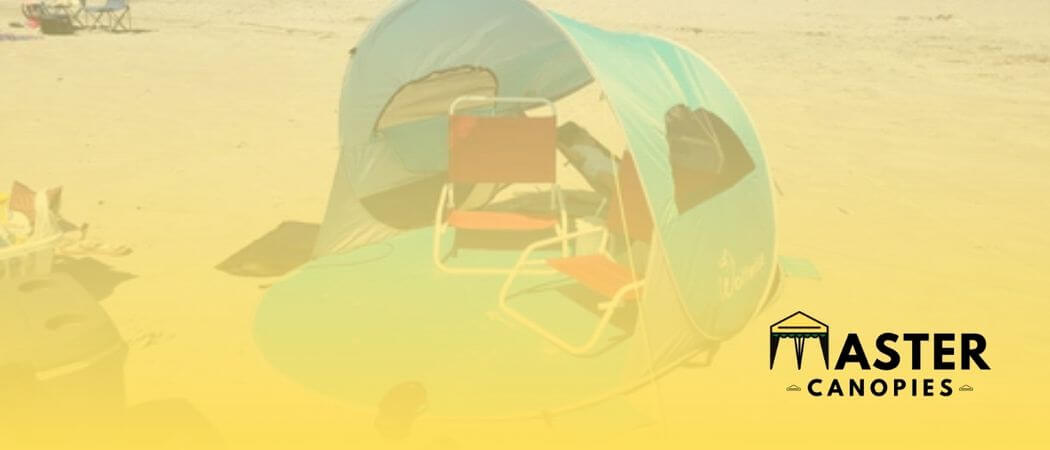
Wolfwise Beach Tent Review: Should You Buy It? Published January 23rd, 2023 by Allen Campbell Are you planning a beach vacation but don’t know exactly
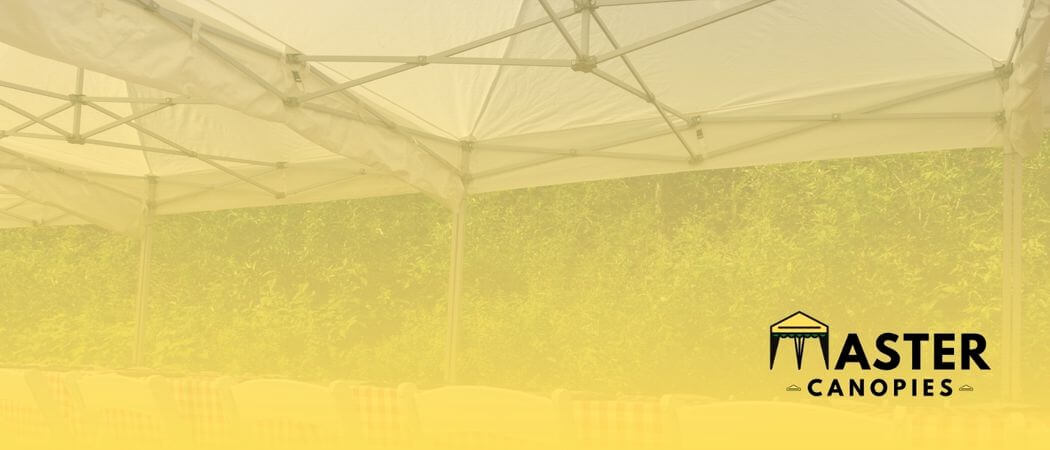
How to Start a Tent Rental Business (and have Success with It!) Published January 23rd, 2023 by Allen Campbell Do you have a knack for

Wolfwise Beach Tent Instructions: Easy Setup Guide Published January 23rd, 2023 by Allen Campbell Let’s face it, setting up a beach tent can be tricky…
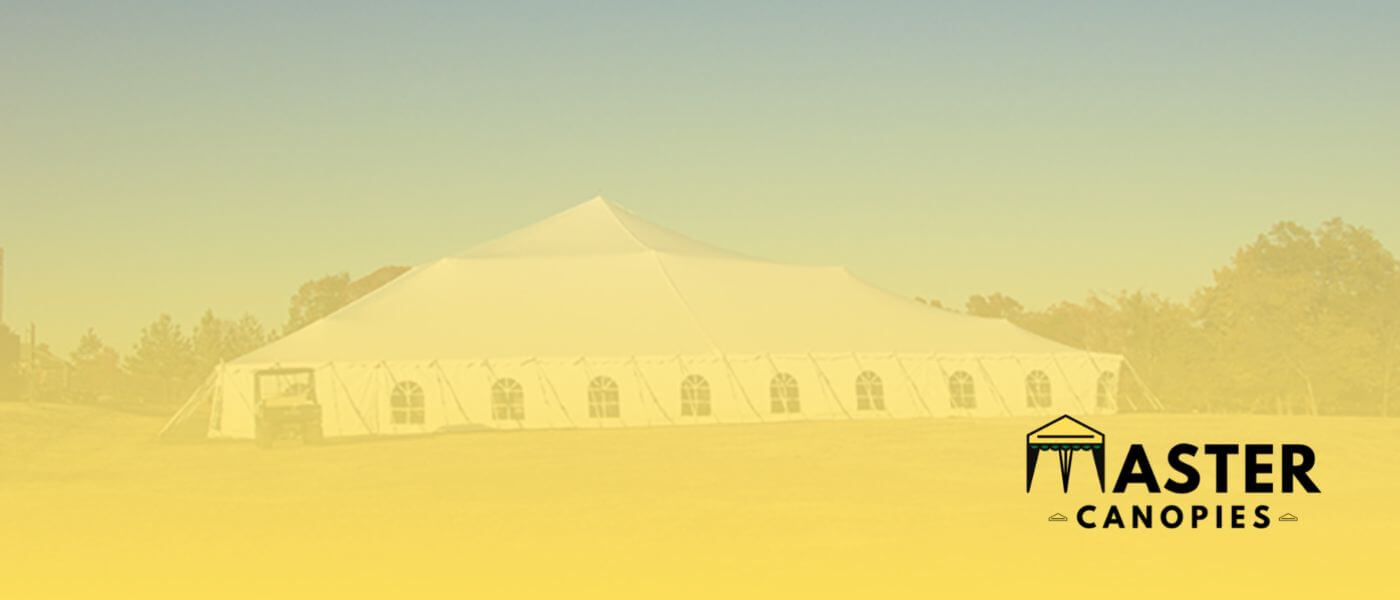
Best 100×100 Tents for Large Gatherings and Parties Published January 12th, 2023 by Allen Campbell Finding the right tent for your next event can be
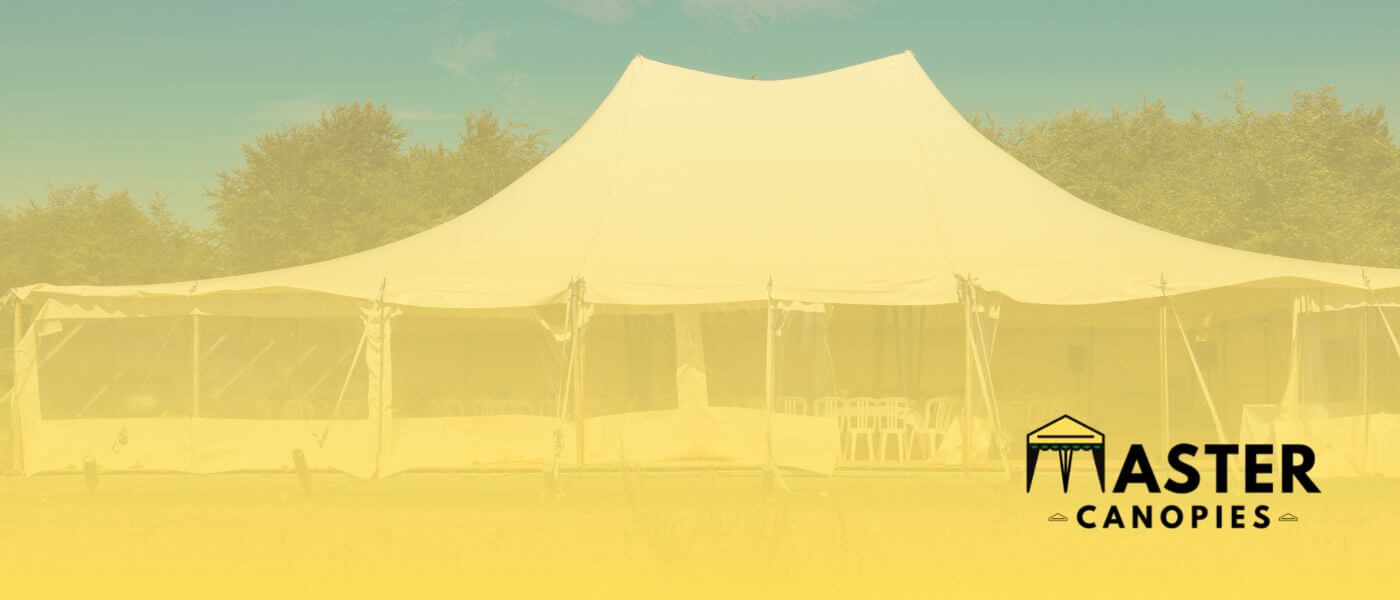
Best Tent Rentals in Downers Grove, IL Published January 12th, 2023 by Allen Campbell Hoping to make a big impact in Downers Grove? Well, if

Master Canopies is here to bring you the best canopies for the outdoors so that you can enjoy the fresh air without the gleaming and burning light of the sun.

Master Canopies is here to bring you the best canopies for the outdoors so that you can enjoy the fresh air without the gleaming and burning light of the sun. As an Amazon Associate, we earn from qualifying purchases.